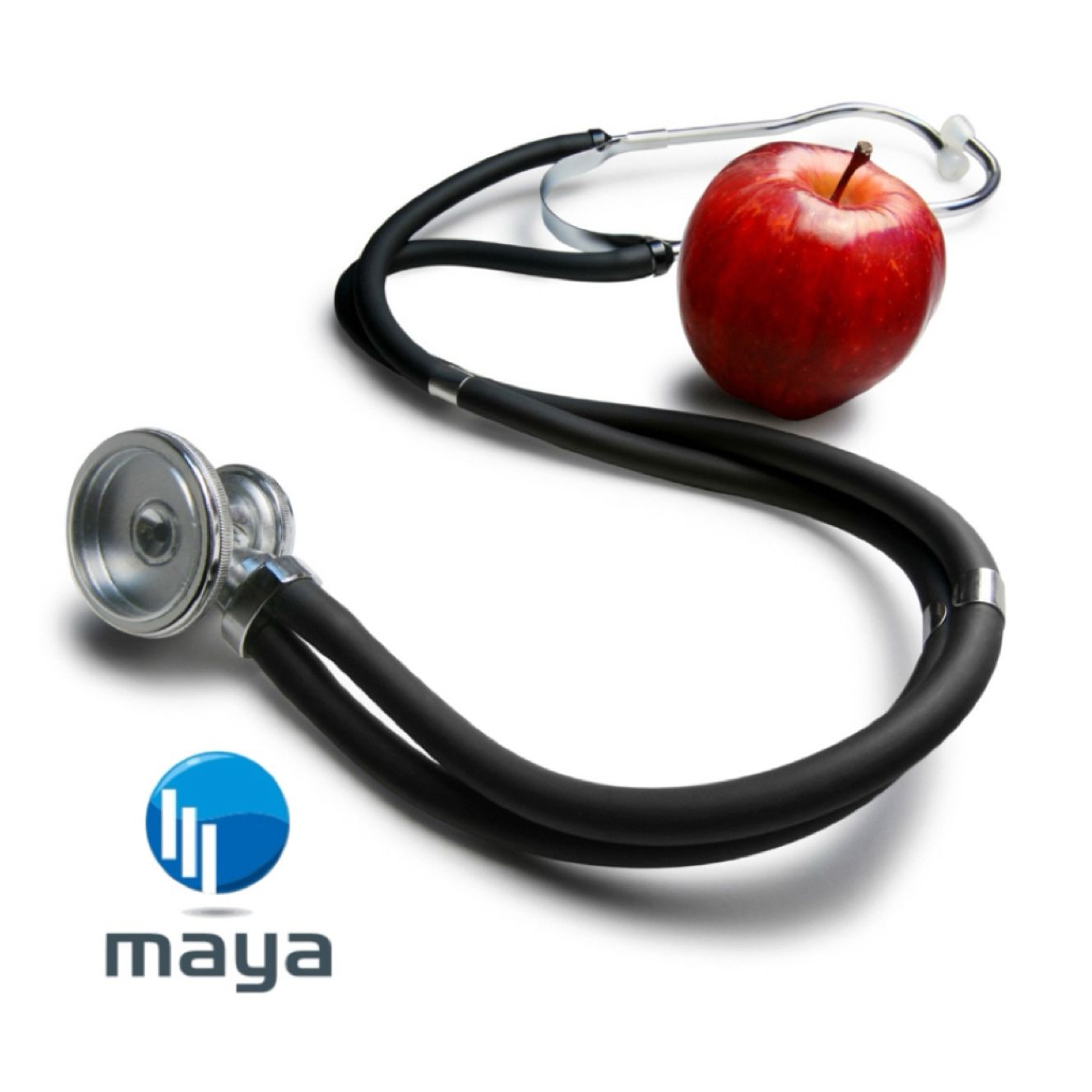Understanding the Problem and Finding Solutions
Antibiotics, once hailed as a miracle of modern medicine, have become a cornerstone of healthcare. However, their overuse and misuse have led to a global crisis: antimicrobial resistance (AMR). This article explores why antibiotic abuse occurs, the roles of patient perceptions and doctors' mindsets in perpetuating the problem, and how tools like Dr. Maya can guide responsible antibiotic use.
Why Does Antibiotic Abuse Occur?
Antibiotic abuse is driven by a complex interplay of patient perceptions, medical practices, and historical influences. Here are the key reasons:
1. Patient Perceptions and Misunderstandings
Patients often misunderstand the nature of fever and infections, leading to demands for antibiotics.
- High Fevers Are Feared: Patients associate high or persistent fevers with serious bacterial infections and believe antibiotics are essential for recovery. However, many serious infections are viral, not bacterial.
- Lack of Awareness: Few people know that bacteria and fungi struggle to survive in the high temperatures of fever. In contrast, viruses thrive, prompting the body to raise its temperature in a natural defense mechanism.
- Chills and Rigor: Patients experiencing chills and alternating hot and cold sensations often assume these are signs of worsening infection. In reality, these symptoms are due to chemicals released by bacteria, which tamper with the body's thermostat, causing rapid heat loss.
2. Historical and Medical Influences on Doctors
Medical practices have historically shaped how antibiotics are prescribed.
- Legacy of the Spanish Flu: During the 1920 pandemic, secondary bacterial infections, like pneumonia, caused more deaths than the virus itself. The success of penicillin in treating bacterial pneumonia led to widespread campaigns emphasizing the dangers of pneumonia, embedding a fear of secondary infections in medical culture.
- Fear of Legal Repercussions: Doctors today prescribe antibiotics preemptively to avoid being held liable for complications like secondary bacterial infections. In a lawsuit-prone environment, the fear of losing a medical license often outweighs concerns about overprescription.
- COVID-19 and Misuse: During the COVID-19 pandemic, 76% of hospitalized patients received antibiotics, despite the fact that most infections were viral. Worse, these antibiotics were ineffective against hospital-acquired antimicrobial-resistant (AMR) infections, compounding the problem.
3. Lack of Tools for Precise Diagnosis
Doctors often face uncertainty in differentiating between bacterial and viral infections. Without adequate diagnostic tools, many err on the side of caution, prescribing antibiotics to prevent potential complications.
The Consequences of Antibiotic Abuse
The misuse of antibiotics has dire consequences for public health:
- Antimicrobial Resistance (AMR): Bacteria and fungi develop resistance to antibiotics, making infections harder—and sometimes impossible—to treat.
- Hospital-Acquired Infections: Patients admitted to hospitals for viral illnesses are at risk of contracting AMR infections, which are difficult to manage and often fatal.
- Erosion of Trust in Medicine: When antibiotics fail, patients lose trust in healthcare systems and professionals.
How to Address Antibiotic Abuse
1. Patient Education
Patients must understand:
- High fevers often indicate viral infections, not bacterial ones.
- The body’s natural defenses (like fever) are essential for fighting infections.
- Antibiotics are ineffective against viruses and unnecessary in most viral infections.
2. Doctor Awareness and Communication
Doctors should:
- Communicate clearly with patients about the nature of their illness.
- Resist pressure to prescribe antibiotics when they are not needed.
- Educate patients about the risks of AMR and the limited role of antibiotics in treating viral infections.
3. Tools Like Dr. Maya
Dr. Maya, with its color-coded symptom assessment system, empowers patients to make informed decisions:
- It helps differentiate between viral and bacterial symptoms, reducing unnecessary antibiotic use.
- It encourages at-home care for viral infections, minimizing hospital admissions and exposure to AMR pathogens.
A New Approach: Prevention and Responsible Care
The key to tackling antibiotic abuse lies in prevention and judicious use:
- Manage viral infections at home when safe to do so, reducing hospital exposure and demand for antibiotics.
- Avoid over-reliance on antibiotics for minor infections, reserving them for severe bacterial illnesses.
- Promote the use of tools like Dr. Maya to guide symptom evaluation and care decisions.
As a doctor with with more than forty years of experience Dr Srivatsa challenged NHS111, and the General Medical Council for using temertaure to quarantein, restrict travel that ripped apart families, and bankrupted business. The guidelines did not specify specific degree but generalised resulting in millions suffer. This is unethical because he knew doctors cannot diagnose COVID using temperature on its own, and allowing people who were clinically digonised as covid with negative test result (False negative) were alloved to mingle, travel and socialise.
He hope the lesson learnt will not make WHO, or CDC impose conditions that make people suffer in the future. Having the knowledge will certainly help people decide what they must do, and not depend on doctor to make decision that affect their life.
Conclusion
Antibiotic abuse is a multifaceted issue rooted in patient misconceptions, historical fears, and defensive medical practices. Understanding why it occurs is the first step toward addressing it. By empowering patients with education and tools like Dr. Maya, and encouraging responsible prescribing practices among doctors, we can curb antibiotic misuse and protect future generations from the devastating consequences of antimicrobial resistance.

